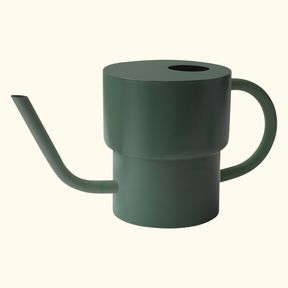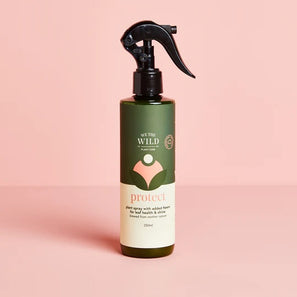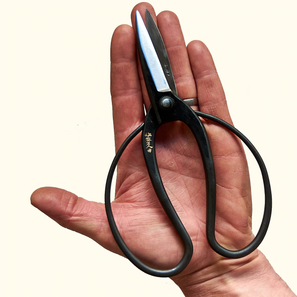
A Guide to Winter Plant Care
As the days grow shorter and temperatures drop, your indoor plants need a little extra attention to transition smoothly into the cooler months. Autumn is the perfect time to adjust your care routine, ensuring your plants remain healthy and vibrant throughout winter. Here’s how to keep them thriving:
Adjust Watering Habits
With less sunlight and slower growth, plants require less water in autumn. Overwatering can lead to root rot, so check the soil moisture before watering.
-
Water only when the top few centimeters of soil feel dry. To check, insert your finger about 2-3 cm into the soil—if it feels dry at this depth, it’s time to water. Alternatively, use a moisture meter for more accuracy.
-
Reduce frequency but ensure thorough watering when needed.
-
Use room-temperature water to avoid shocking the roots.
Optimise Light Exposure
With daylight hours decreasing, repositioning your plants can make a significant difference.
-
Move them closer to windows to maximise natural light.
-
Rotate them regularly to ensure even growth.
-
Consider supplementing with grow lights if your space lacks sunlight.

Maintain Humidity Levels
Indoor heating can dry out the air, which may stress your plants.
-
Group plants together to create a more humid microclimate. When plants are clustered, they release moisture through transpiration, increasing the humidity in the surrounding air. This is especially beneficial for tropical plants that thrive in higher humidity levels. Arrange plants with similar humidity needs together for the best results.
- Use a pebble tray with water or a humidifier to increase moisture. To make your own pebble tray, choose a shallow tray slightly wider than the plant’s base. Fill it with small pebbles or gravel, then add water until it reaches just below the top of the pebbles. Place your plant on top, ensuring the pot is not submerged. As the water evaporates, it increases humidity around the plant.
-
Mist humidity-loving plants sparingly to prevent fungal issues.
Hold Off on Fertilising
Plants naturally slow their growth in autumn, so excessive feeding can be counterproductive.
-
Reduce or stop fertilising until early spring.
-
If necessary, opt for a diluted, low-strength fertiliser.

Prune and Clean
Tidying up your plants now helps prevent pests and diseases.
-
Trim dead or yellowing leaves.
-
Wipe dust off leaves to improve light absorption.
-
Check for pests like spider mites, fungus gnats, and mealybugs, which thrive in indoor conditions.
- Spider mites: Tiny, barely visible pests that cause fine webbing on leaves and lead to speckled yellowing foliage.
- Fungus gnats: Small, black flying insects that hover around the soil surface; their larvae can damage roots.
- Mealybugs: White, cotton-like clusters found on stems and leaf joints, feeding on plant sap and weakening growth.
-
Regularly inspect the undersides of leaves and soil surface for any signs of infestation.
Repot Only if Necessary
Autumn isn’t the ideal time for repotting, as plants are entering dormancy.
-
Only repot if roots are severely bound or if the soil has broken down.
-
Signs of severe root binding include roots growing through drainage holes, circling tightly around the inside of the pot, or pushing the plant upward out of the container.
-
If repotting, choose a pot only slightly larger than the current one to avoid excess moisture retention.
-
Loosen tangled roots gently before placing the plant in fresh soil to encourage new growth.
Keep an Eye on Temperature Changes
Sudden temperature fluctuations can stress your plants.
-
Keep them away from cold drafts and heaters.
-
Maintain a stable room temperature between 18-24°C.
By making these seasonal adjustments, your indoor plants will remain resilient through autumn and into winter. Thoughtful care now sets them up for a strong revival in spring, ensuring your space stays lush and green year-round.






